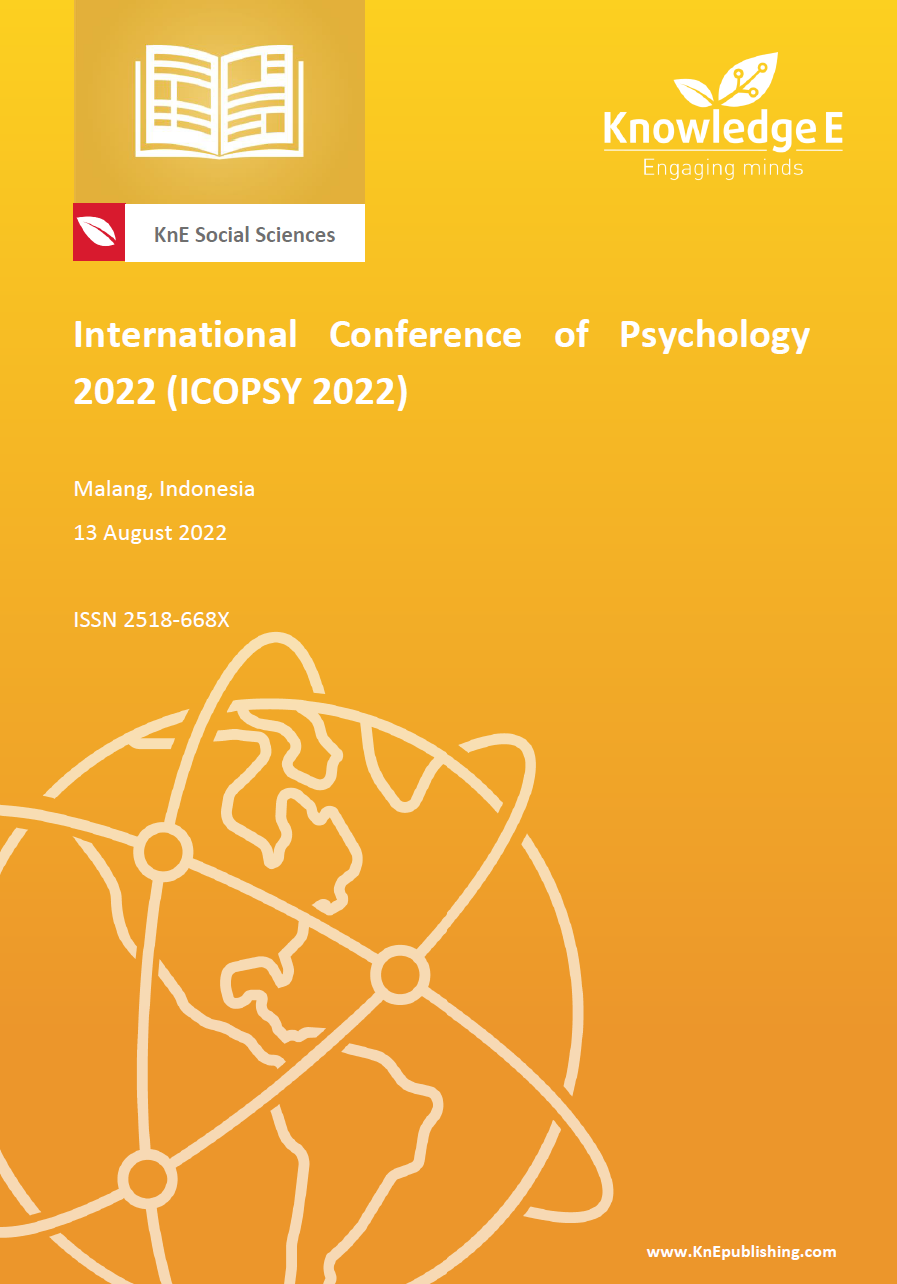Increasing Early Childhood Creativity and Fine Motor Abilities Using Traditional Games (Bermain Lempung) in The Digital Age
DOI:
https://doi.org/10.18502/kss.v7i18.12375Abstract
Early childhood is a golden age. It is a time when the basic physical, motor, language, cognitive, independence, socializing, and creative abilities are developing rapidly. The potential for rapid early childhood development is not in line with the stimulus obtained by the child. This digital era cannot be separated from the use of gadgets for adults and children. One of the setbacks or not optimal development of children, one of which is the development of fine motor skills and creativity. This study aims to measure the effect of traditional games (Bermain Lempung) on increasing creativity and fine motor skills in early childhood. This study uses a quantitative approach with nonequivalent experimental methods (pretest and posttest) control group design. This research was conducted on students of grade B Kindergarten at RA Al Ittihad Jogoroto Jombang (n=27). The results of the pretest showed that there were 22 children in the category of medium and low creativity. And fine motor abilities showed that most of the children’s fine motor abilities were still below the average of children at their age. Subjects who had medium and low categories were divided into two control (n=11) and experimental (n=11) groups, which would be treated with Bermain Lempung activities. Collecting data using creative observation instruments and the bender gestalt for fine motor skills. Data were analyzed using SPSS 18.0 with the statistical technique independent sample T-test. The results showed that the influence of traditional games, namely Bermain Lempung with increased creativity and fine motor skills, had no effect because of the limited time intensity.
Keywords: traditional game, childhood, motor skill
References
[2] Martin prosperity. Global index creativity. 2015. Retrieved August 18, 2022, from http://martinprosperity.org/content/the-global-creativity-index-2015/
[3] Munandar M. Kreativitas dan Keberkatan. Jakarta: Gramedia Pustaka Utama; 1999).
[4] Setiabudi I. Hubungan Antara Adversiti Dan Inteligensi Dengan Kreativitas. Jurnal Psikologi. 2011;9(1):1-8.
[5] Widhiastuti H. Big Five Personality sebagai Prediktor Kreativitas dalam Meningkatkan Kinerja Anggota Dewan. Jurnal Psikologi. 2014;41(1):115-133.
[6] Santrock. Life Span: Psikologi Perkembangan Jilid I. Jakarta: Erlangga; 2002.
[7] Syaodih NS. Pengembangan Kurikulum. Bandung: PT Remaja Rosdakarya; 2011.
[8] Wandi ZN, Mayar F. Analisis Kemampuan Motorik Halus dan Kreativitas pada Anak Usia Dini melalui Kegiatan Kolase. Jurnal Obsesi. 2020;4(1):351-358. https://doi.org/10.31004/obsesi.v4i1.347
[9] Priyambodo M, Riezky MP, Yunita N. Correlation between self confidence and adversity quotient with creative thinking skills of grade VIII students on subject motion and force. Phenomenon. 2021;11(2):231-244.
[10] Wibowo DC, Fitriani DW, Kimresti AF, et al. Description of gadget addiction, sleep quality, and students learning achievement at SD Negeri 1 Sidodadi Lawang In 2019. Journal of Community Medicine and Public Health Research. 2020;1(2):72– 78. https://doi.org/10.20473/jcmphr.v1i2.21698
[11] Aisyah S. Perkembangan Konsep Dasar Pengembangan Anak Usia Dini. Jakarta: Universitas Terbuka; 2010.
[12] Kamid K, Rohati R, Hobri Hobri, Triani E, Rohana S, Pratama WA. Investigating the role of traditional games in developing students’ process skills and interest in learning mathematics. Eurasian Journal of Educational Research. 2022;15(3):967- 988. https://doi.org/10.29333/iji.2022.15352a
[13] Maghfuroh L. Metode Bermain Puzzle Berpengaruh Pada Perkembangan Motorik Halus Anak Usia Prasekolah. Jurnal Endurance. 2018;3(1):55-60. http://dx.doi.org/10.22216/jen.v3i1.2488
[14] Nurjannah D. Peningkatan Motorik Halus Anak Melalui Kegiatan BermainPapercraft (Penelitian Tindakan di TK Alam Rizkia, Depok). Al-Athfal Jurnal Pendidikan Anak. 2018;4(2):149-160. https://doi.org/10.14421/al-athfal.2018.42-03
[15] Andriani T. Permainan Tradisional Dalam Membentuk Karakter Anak Usia Dini. Jurnal Sosial Budaya. 2012;9(1):121-136. http://dx.doi.org/10.24014/sb.v9i1.376
[16] Witasari O, Wiyani NA. Permainan Tradisional untuk Membentuk Karakter Anak Usia Dini. Jeced: Journal of Early Childhood Education and Development. 2020;2(21):52- 63. https://doi.org/10.15642/jeced.v2i1.567
[17] Kadir. The Implementation of open inquiry approach to improve students’ learning activities, responses, and mathematical creative thinking skill. Journal on Mathematics Education. 2017;8(1):103-114. http://dx.doi.org/10.22342/jme.8.1.3406.103-114

